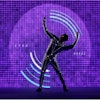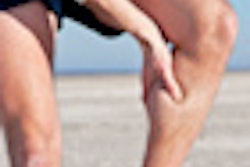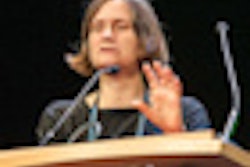Dear MRI Insider,
MRI is now widely regarded as the leading modality in sports imaging, and this was apparent at the 2012 Olympics. Until the Paralympics closed on 9 September, the two MRI systems were kept busy in the polyclinic. Get the details here.
When athletes injure their calf and thigh muscles, MRI can be particularly useful. A multinational group of researchers offers some practical guidance and tips in an article in our MRI Digital Community.
"MR is the only method that allows in vivo temperature mapping," Dr. Chrit Moonen, from Utrecht, the Netherlands, told delegates at the World Molecular Imaging Congress (WMIC) earlier this month. Moonen's team is combining MRI with high-intensity focused ultrasound results to target finely controlled amounts of energy to defined locations, and their research is gaining clinical acceptance. Find out why.
Another eminent speaker at the WMIC was Dr. Michal Neeman, PhD, from Rehovot, Israel. Her group has developed several novel MRI methods for imaging the key events during angiogenesis -- or the growth of new blood vessels -- during pregnancy and the development of ovarian carcinomas. To learn more, click here.
An unfortunate result of anxieties about nephrogenic systemic fibrosis (NSF) is that enhancement during MRI may be avoided inappropriately, according to Dr. Henrik Thomsen and colleagues from the Contrast Media Safety Committee of the European Society of Urogenital Radiology. The committee has updated its guidelines on NSF. Get the story here.
At the European Society of Cardiology annual meeting in Munich, Germany, Spanish researchers showed how cardiovascular MR at 3 tesla can be effective for detecting heart disease among cocaine addicts. Click here for our report from the congress.
During the same event, there was a lively debate about whether cardiac MRI can replace nuclear imaging. Dr. Sven Plein, PhD, from the U.K. and Dr. Erick Alexanderson Rosas from Mexico were the participants. Read more here.




















